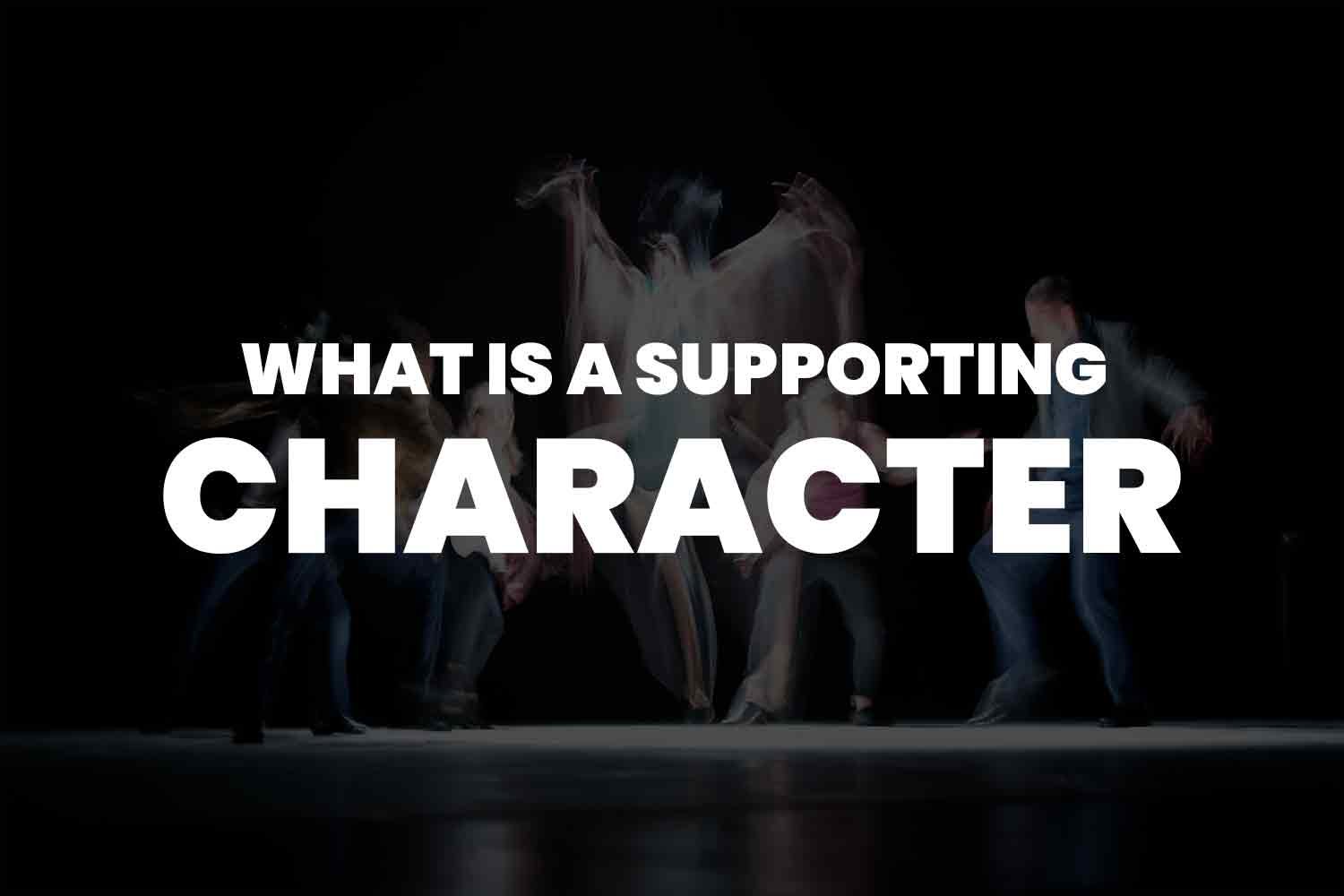What Is A Supporting Character?
As authors weave their captivating stories, one crucial concept is the supporting character.
In the grand tapestry of narrative, the main character often garners the most attention and focus, but in the shadow of these titans are the more minor yet still strong supporting characters.
Just as a building relies on its support beams, so does a story hinge on its supporting characters.
Definition and Role
At its core, a supporting character is any character who is not the protagonist or antagonist but still plays a vital role in the plot.
While the story may not primarily revolve around them, they are pivotal in adding depth and dimension to the main characters and the story.
Supporting characters bring life to a narrative by creating and resolving conflict, offering comic relief, contributing to character development, and serving various other character roles that make the story exciting and engaging to the readers.
Archetypes of Supporting Characters
Common archetypes often define many types of supporting characters. Here are some classic examples:
The Sidekick: Faithful best friends who provide support, create balance, or serve as a foil to the main character.
The Love Interest: A character who adds an emotional layer to the main character's journey.
The Mentor is a wise character who guides the protagonist, offering wisdom and advice.
The Comic Relief: A character who lightens the mood, providing humorous dialogue and moments of fun.
These are only a few examples of the archetypes that supporting characters can take. However, they can be as varied, interesting, and complex as real people ranging from co-workers to best friends and mentors to love interests.
Creating a Well-Written Supporting Character
Character Development
Good supporting characters are more than just flat cut-outs who exist solely to further the plot. They need their mini-character arcs and should undergo some form of development throughout the story, just like the main characters.
This gives them depth, makes them more relatable to the audience, and provides more opportunities for exciting story developments.
Personality Traits and Goals
Well-written supporting characters also have distinct personality traits and individual goals separate from the main characters. This gives them an independent existence in the story and adds complexity to their nature.
These goals could align with, oppose, or even be entirely irrelevant to the protagonist's goal, creating a variety of potential conflicts and dynamics.
The Power of the Supporting Cast: Examples from Iconic Literature
Two excellent examples that demonstrate the effectiveness of a well-written supporting character come from J.K. Rowling's "Harry Potter" series and J.R.R. Tolkien's "Lord of the Rings" saga.
In Harry Potter, Hermione Granger, and Ron Weasley play the best friend and love interest roles, respectively.
Both characters have distinct personality traits, backgrounds, and story arcs contributing to the plot. They also have goals and desires that sometimes align and sometimes conflict with Harry's, which adds depth to their characters and the story.
In "Lord of the Rings," the fellowship comprises many supporting characters who each bring unique skills, backgrounds, and personalities.
Although not the story's main focus, characters like Samwise Gamgee, Legolas, and Gimli play significant roles and undergo character development throughout the series.
The Impact of Supporting Characters
In the grand scheme, a supporting character may not seem as important as the protagonist or antagonist.
Yet, they are the unsung heroes of many great stories. They bring depth, variety, and real-life complexity to the story. They challenge the main character, provide a support system, and drive the plot forward.
Whether it's providing comic relief, acting as the voice of reason, or complicating the plot by pursuing its goals, supporting characters is fundamental to storytelling.
Their presence and contributions help shape the story and its other characters. They create conflict, elicit emotions, and provide insights that enrich the readers' experience.
Ultimately, writing great supporting characters is about understanding their purpose in the story, their relationship to the main characters, and how they can help develop the plot and the main characters themselves.
By crafting supporting characters with care and complexity, writers can add depth and richness to their stories, making them resonate more deeply with their audience.
Supporting characters might not always be in the spotlight, but their supporting roles build an engaging narrative.
They are the pillars that hold up the story and provide the necessary counterbalance to the main characters. In short, they are the unsung heroes that can make a story come alive.
So next time you read a book, watch a movie, or delve into a television show, pay more attention to the supporting characters. You might be surprised by just how important they are.
Frequently Asked Questions About Supporting Characters
What is a supporting character?
A supporting character is a character who is not the primary focus (protagonist) or primary opposition (antagonist) in a story but plays a significant role in the plot.
These secondary characters are essential to adding depth and complexity to the main characters and the storyline.
Why are supporting characters important in a story?
Supporting characters play a crucial role in the story's development. They can create and resolve conflicts, add depth to the main characters, provide comic relief, and contribute to character development.
They can also enrich the storyline by offering different perspectives, creating exciting dynamics with other characters, and propelling the plot forward.
How do you create a well-written supporting character?
Creating a well-written supporting character involves giving them depth and individuality. This means developing distinct personality traits, backgrounds, and individual goals for them.
It's important to remember that while supporting characters exist to enhance the main characters and the plot, they should also have their character arcs and development throughout the story.
What are some examples of supporting character archetypes?
Many archetypes supporting characters can fit into. Some common examples include:
The Sidekick: Often the protagonist's best friend, they provide a balance and can be a foil to the main character.
The Love Interest: Adds emotional depth to the protagonist's journey.
The Mentor: Provides guidance and wisdom to the main character.
The Comic Relief: Lightens the mood with humor.
How do supporting characters add depth to the story?
Supporting characters add depth by providing different perspectives, introducing subplots, and contributing to the main character's development.
Their individual goals, desires, and conflicts can introduce new layers to the storyline and create a more robust narrative.
Can a supporting character become a main character?
For example, in some stories, supporting characters may evolve into main characters, especially in series or sequels where characters' roles can shift and grow. This transition can create exciting plot developments and character dynamics.
Can supporting characters have their story arcs?
Absolutely! Giving supporting characters their story arcs, complete with goals, challenges, and growth, makes them more three-dimensional and engaging. It allows readers to invest in these characters and enriches the overall narrative.
How many supporting characters should a story have?
The number of supporting characters can significantly vary depending on the story's complexity and length.
A short story might only have one or even two characters, while a novel or epic saga might have dozens. The key is to ensure each supporting character serves a purpose in the story and contributes to the overall narrative.
Can a story have too many supporting characters?
While there's no set limit to the number of supporting characters, having too many can overwhelm the reader and dilute the focus on the main characters and storyline.
Each character should have a clear purpose and contribute to the story in the same or meaningful way. If a character doesn't serve a significant role, it may be best to reconsider their inclusion.
How do supporting characters differ from minor characters?
While both types are not the story's focus, supporting characters play a more significant role than minor characters.
Supporting characters often have their arcs, goals, and development, while minor characters serve more transient functions, such as providing information or as background to a third person or scene.






























